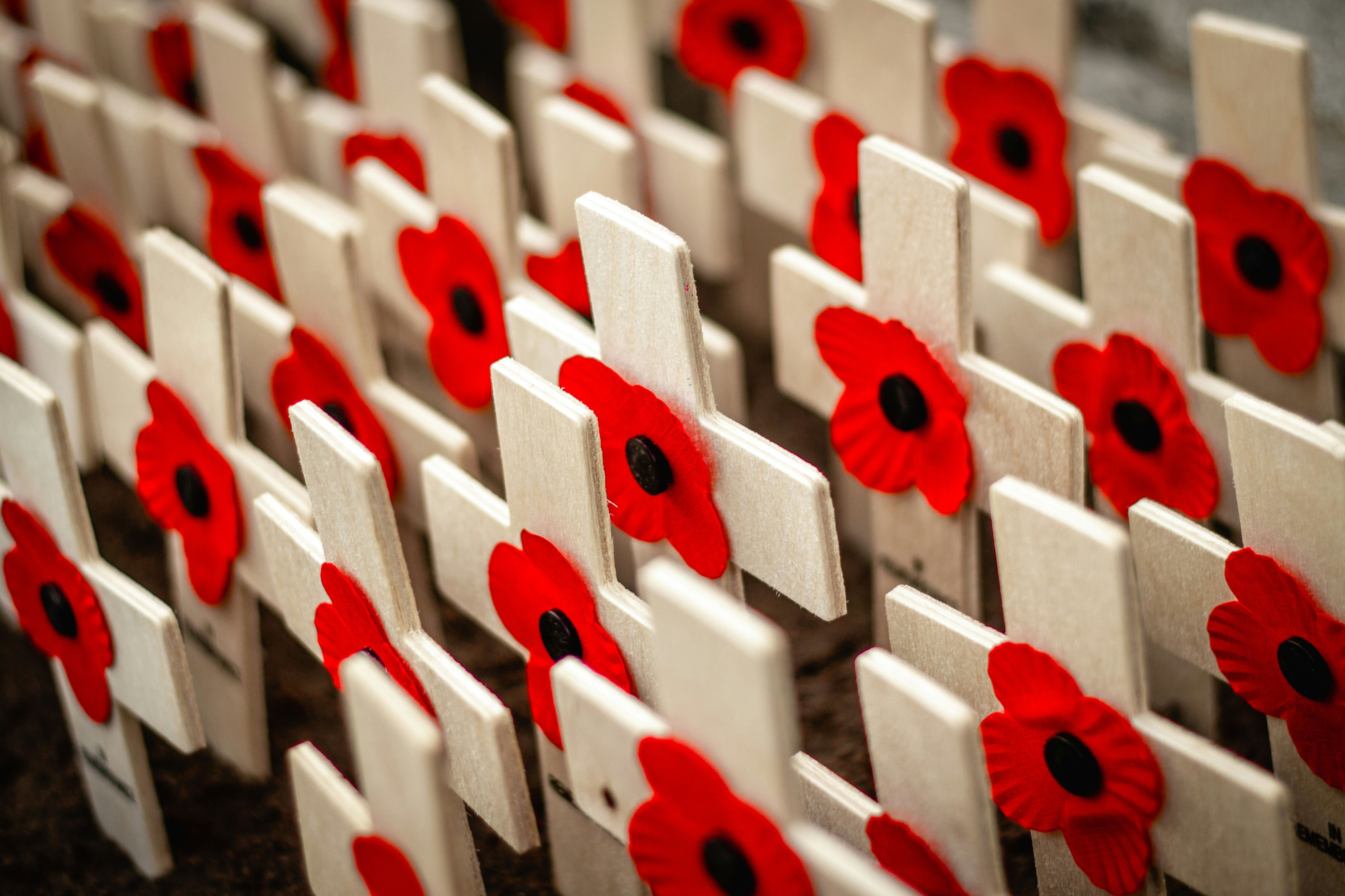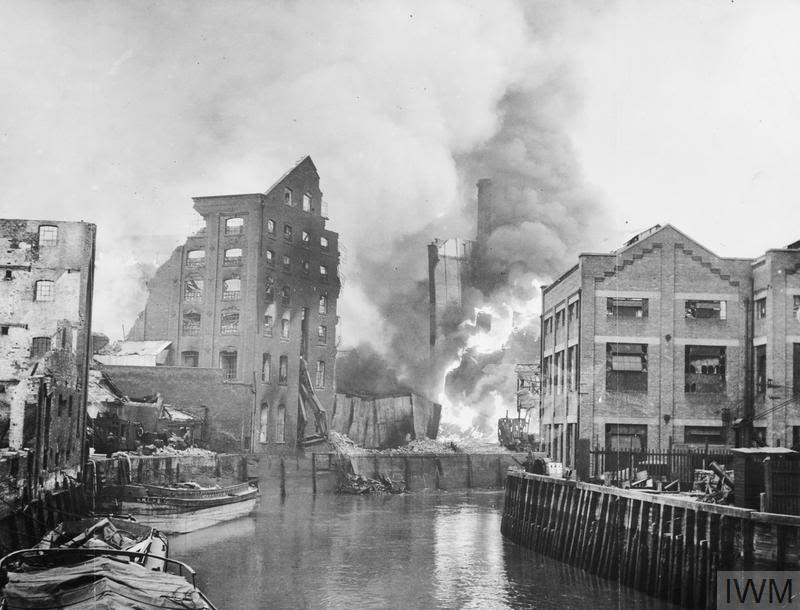War and remembrance
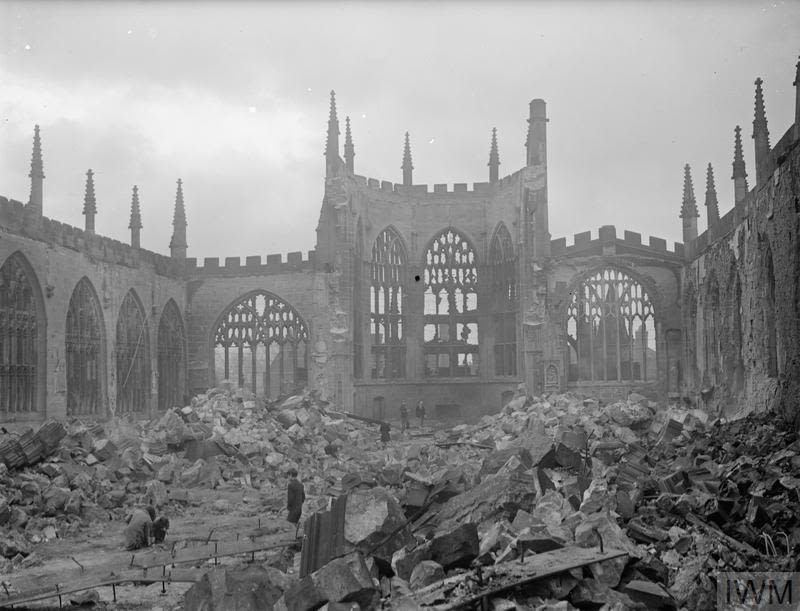
On the 11th hour, of the 11th day of the 11th month we remember those who have given their lives for their country. But does Remembrance Day hide as much as it reveals about death in war?
Inspired by her family’s own wartime memories, Professor Lucy Noakes studies how we remember, commemorate and memorialise war.
Her work is helping to ensure that rather than glorifying war, we remember the real-life stories of those killed, or affected by death, in conflict.

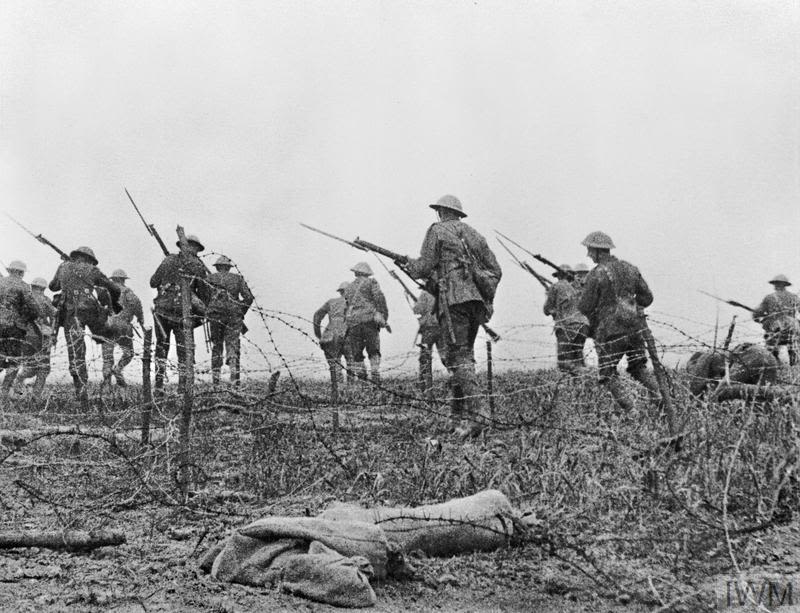
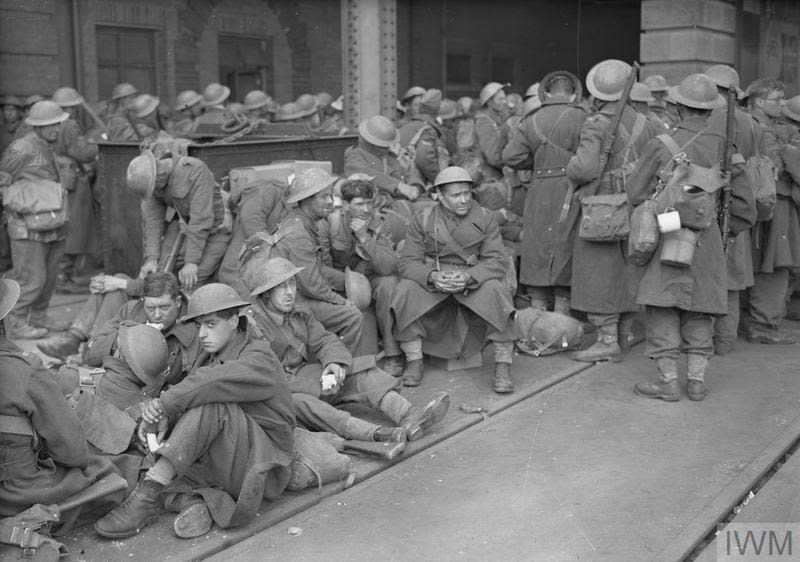
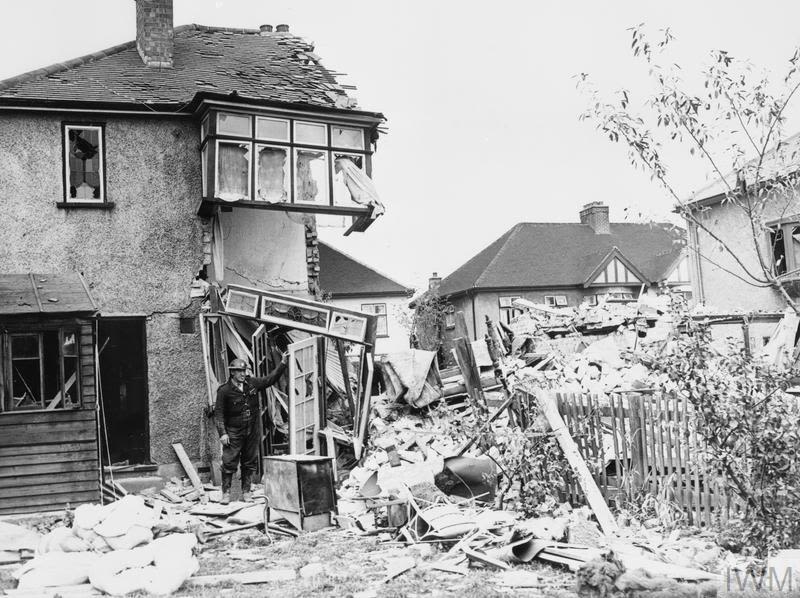
“We had burials every morning. We had runners up every afternoon from the different hospitals; there were a lot of hospitals around. And we had these runners to come up with notes to say how many there would be the next morning…The French people looked upon us with horror: ‘Khaki girl, ne bon.’ Dreadful!”
Nora Barker, member of the WAAC at Abbeville, in France, First World War
“Down on the beach you immediately felt yourself surrounded by a deadly evil atmosphere. A horrible stench of blood and mutilated flesh pervaded the place…We might have been walking through a slaughterhouse on a hot day…It created the impression that death was hovering around, very near at hand.”
Royal artilleryman at the retreat to Dunkirk in 1940, Second World War, from Gun Buster, Return via Dunkirk, (1941)
“One day we heard that a bomb had destroyed the home of a classmate, Derek Barnes. His mother, father and baby sister were killed. Our class clubbed together to buy him a Meccano set. To this day I can see him standing forlornly as he received his gift and said goodbye to us, presumably to start a new life with relatives.”
Len Phillips, Blitz survivor, Bloomsbury, London, Second World War
Death in war
During the First World War, 880,000 members of the British forces died – six per cent of the adult male population – with 19,240 killed during the first day of the Battle of the Somme alone.
In the Second World War, 384,000 British soldiers died in combat and 70,000 civilians were killed, including 40,000 who died during the most intensive period of the Blitz between September 1940 and May 1941.
Poppies, war memorials and services on Remembrance Day are how we commemorate our war dead, but despite death being central to war, do our 11 November traditions hide as much as they reveal? And how can we prevent remembrance from being hi-jacked by people eager to distort history for jingoistic, nationalistic intentions?
Professor Lucy Noakes is helping to ensure we remember the real histories and lived experiences of death and grief, so we never forget the horrors of war.
Inspired by her own story
Lucy didn’t study history in her sixth form. It was only when she returned to college for evening classes in her twenties that she fell in love with the subject.
As an undergraduate at the University of Sussex one of her first classes was on war and memory and she was hooked.
With family who had lived through the Blitz in London and Coventry, the Second World War and the civilians who experienced it firsthand was especially gripping.
“I grew up surrounded by memories and stories of wartime life. I’m still fascinated by the civilian experience of war and how people manage these extraordinary and extreme circumstances.”

Memories of the First World War
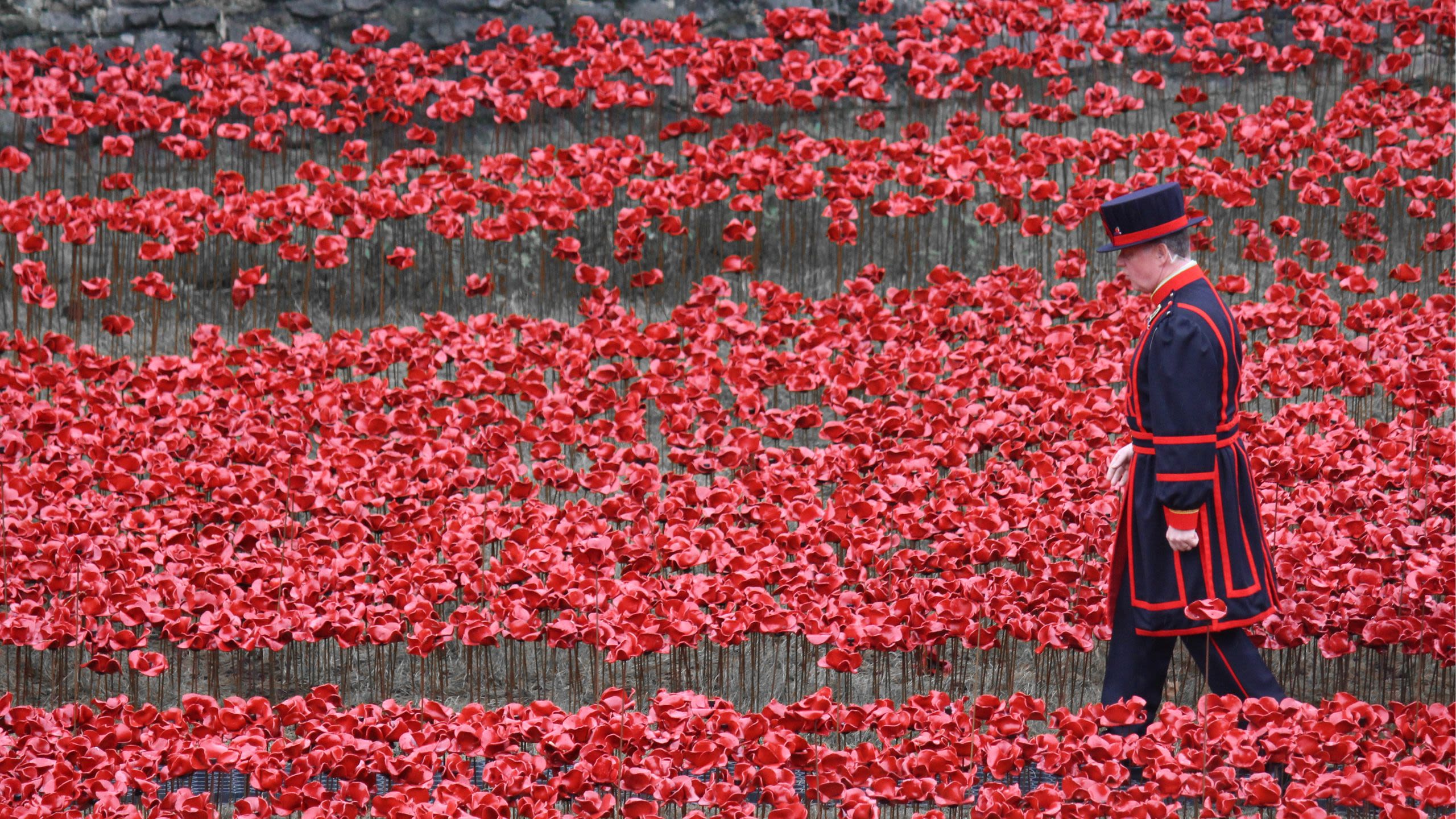
With its history of innovation and development of some of the most radical and influential aspects of contemporary historical practice, Essex was a natural choice for Lucy when she joined as Rab Butler Chair in Modern History in 2017.
With funding from the Arts and Humanities Research Council, she was already in the midst of a major project to record how the country commemorated the centenary of the First World War.
Working with academics from the universities of Exeter, Kent and Glasgow, she sought to collect the voices of those who had taken part in centenary events. It was one of the largest public history projects the country had ever seen.
Events had ranged from the nationally-acclaimed installation of ceramic poppies at the Tower of London to small community projects capturing the impact of this global war on local communities.
“The centenary of the First World War provided a once-in-a-generation opportunity to explore how we engage with history and memory.
"It was a chance to capture for future generations the diversity of events that took place and provide a snapshot of contemporary Britain’s relationship with this key part of our history.”
Led by Lucy, the research team on the Reflections on the Centenary of the First World War project surveyed centenary events, interviewed participants, ran roadshows and organised focus groups.
Their work revealed an ongoing emotional resonance of the First World War and demonstrated the benefits of academics collaborating with practitioners and community historians.
Dying for the nation
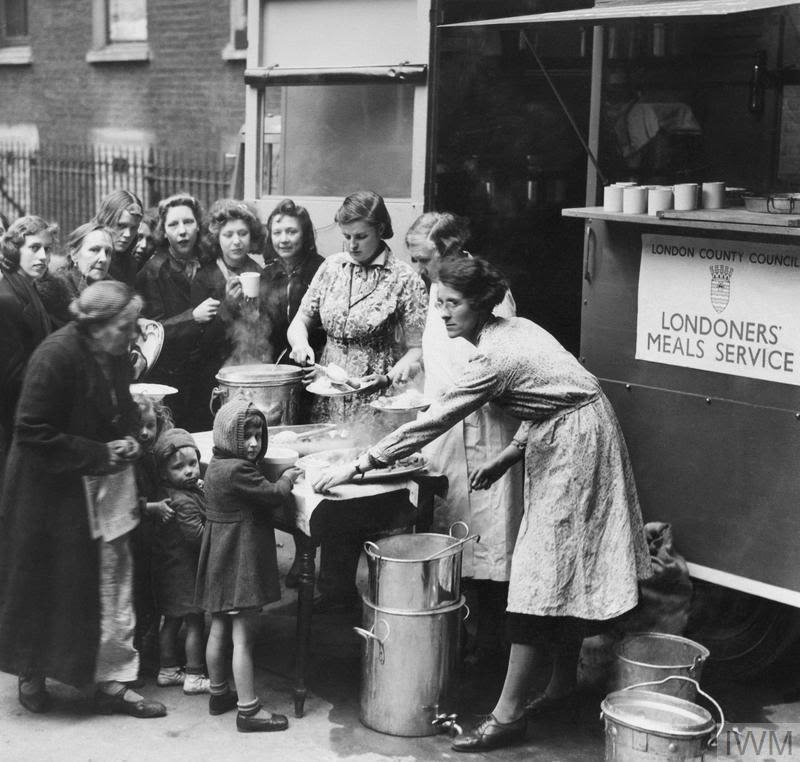
Lucy’s Reflections project inspired her ground-breaking book, Dying for the Nation, published in 2020 and awarded the 2022 Social History Society Book Prize.
By drawing on letters, diaries and sources illustrating everyday life during the Second World War, Professor Noakes traced the impact of grief on those who experienced it first-hand.
She argued that our national commemoration on 11 November, doesn’t do justice to those killed.
Dying for the Nation revealed how local cultures and customs remained extremely important to people, despite pressures from the state to limit public expressions of grief and cultural texts providing models for how people should behave in grief.
She showed how people were encouraged to ‘manage their emotions’ and bear their grief privately as an aspect of good citizenship, arguing that we are still living with the legacies of this emotional style today.
Speaking about Remembrance Day traditions, Lucy said: “Where are the civilian dead, and the dead of other nations? Where is the long-lasting grief and suffering that accompanied bereavement, and which, private texts show us was so widely experienced?”
Described by Social History Society Book Prize judges as an “innovative, at times intimate, account of an important, neglected aspect” of the War, Dying for the Nation’s insights on how nations manage mass death became unexpectedly relevant during the COVID-19 pandemic.
“I wanted to remind people that the celebratory approach to the Second World War that we tend to take in Britain hides the death and misery that it brought in its wake.
"I felt a real responsibility towards the people whose lives (and deaths) I was writing about.”
“Lucy is one of the essential historians for understanding the Second World War in Britain. Not only does she show this in terms of its impact on civilians, brilliantly brought to life in her book Dying for the Nation but also in her pioneering work that demonstrates how its memory and legacies continue to shape understanding of Britishness.”
Professor Susan Grayzel
Utah State University
Shaping the way our museums educate
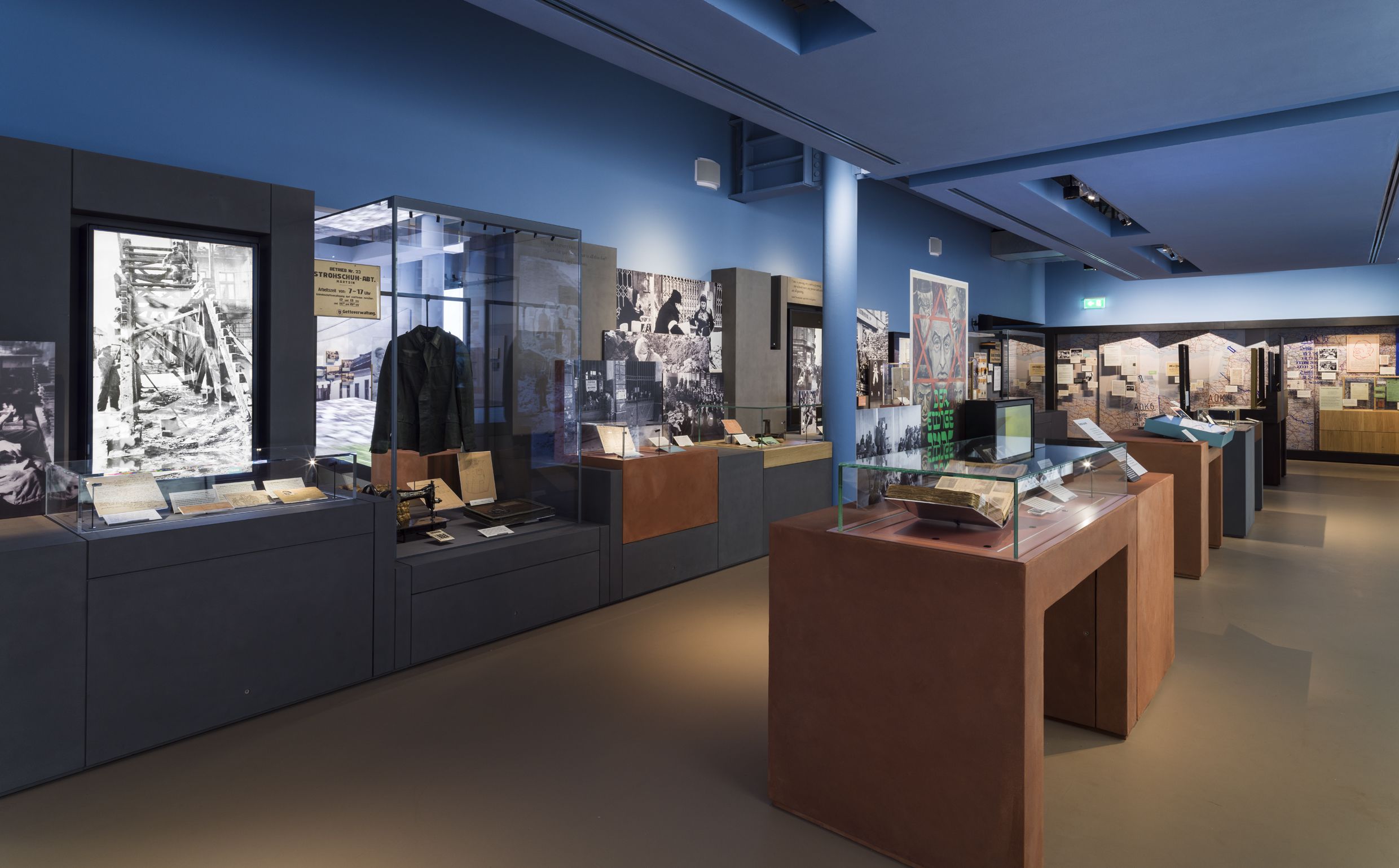
As well as shaping the debate, Lucy has played a critical role in how we educate people through her work with the Imperial War Museum.
As one of only eight members of its project advisory board, she helped the Museum design its new Second World War and Holocaust Galleries, which opened in 2021.
The ambitious galleries successfully tell the complex global story of the War and its relationship to the Holocaust while ensuring personal individual stories are not forgotten.
“In Britain we still like to think of the War in terms we associate with David Low’s famous Very Well, Alone cartoon, which shows a pugnacious British soldier alone on the White Cliffs of Dover,” explained Lucy.
“The Second World War is pretty ubiquitous in British culture and has become a handy touchstone for politicians and other commentators who want to urge us to show the 'Blitz spirit'.
“The galleries dispel these myths, showing that the War was global, complex and interconnected, but managing this through a beautiful combination of individual stories. The relationship between individual lives and global forces are central to the narrative.
“I hope that visitors leave with the knowledge that this was not Britain's war alone, and that the Second World War was much larger, and perhaps much more interesting, than they had realised.”
The galleries also challenge the view that anti-Semitism was solely a German phenomenon, something Lucy was very keen to achieve.
“The opening gallery includes a copy of a British fascist newspaper The Britisher which was protesting about the presence of German refugees in 1930s Britain. Perhaps some visitors will see the contemporary parallels.”
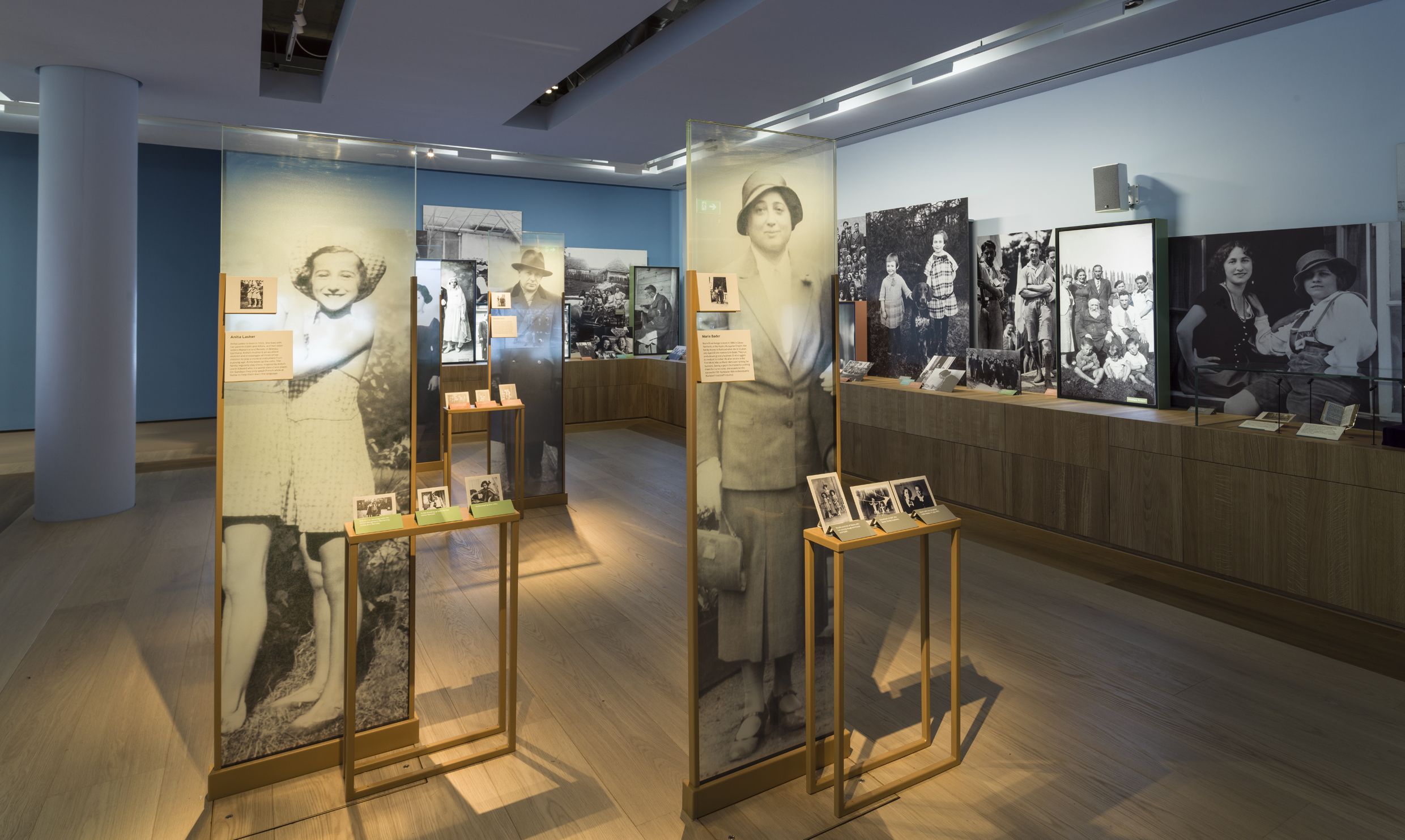
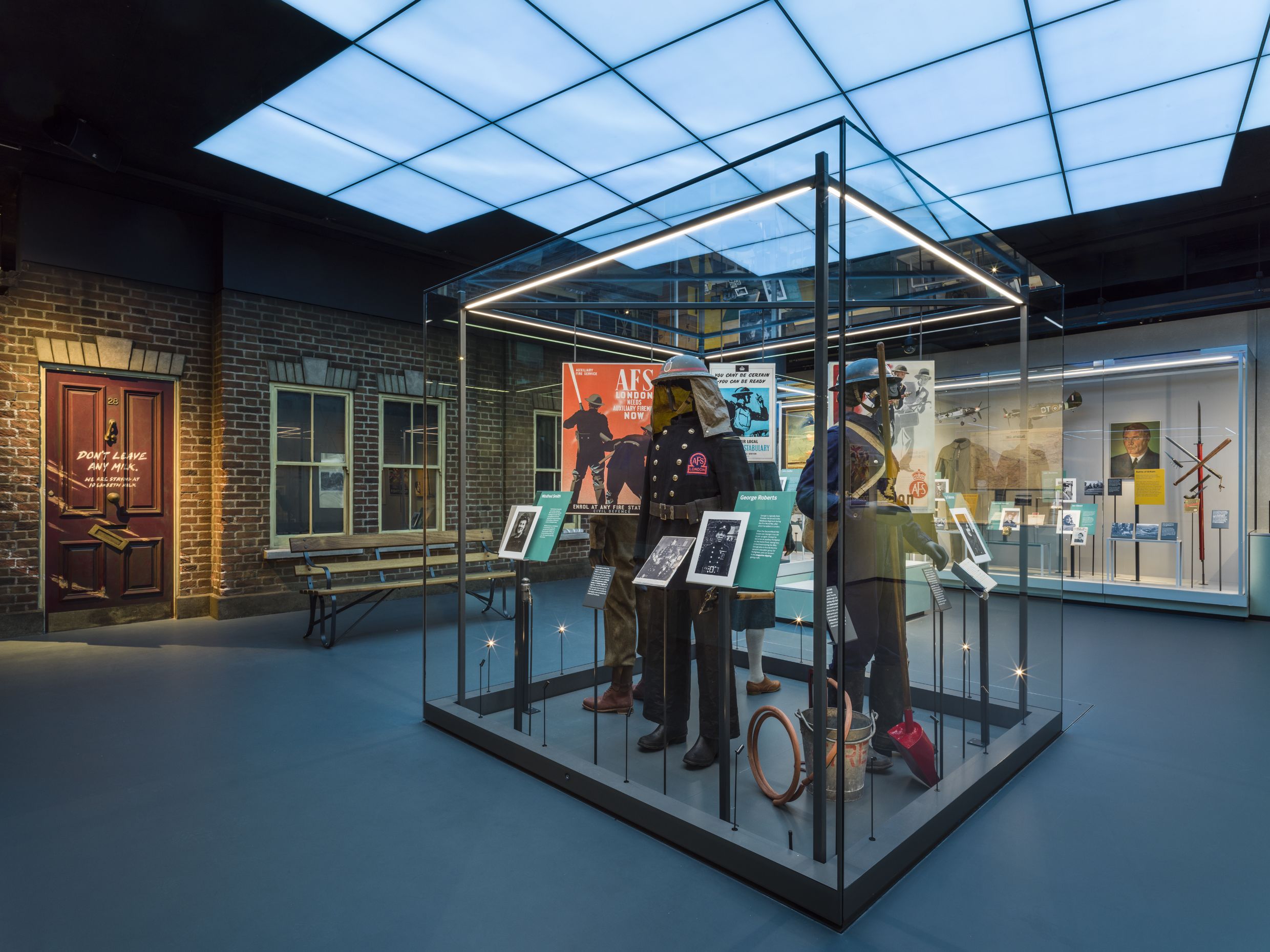
“Lucy brought to the project not only her knowledge and profound understanding of the diverse ways in which the War was experienced in Britain, but also fresh perspectives on the global nature of the conflict.
“Along with other members of our Academic Advisory Board, she advised on the overarching narrative and content, reviewed texts and captions - and offered critical friendship to the curatorial team with her customary kindness and humility.”
James Taylor
Assistant Director Narrative and Content, Imperial War Museum
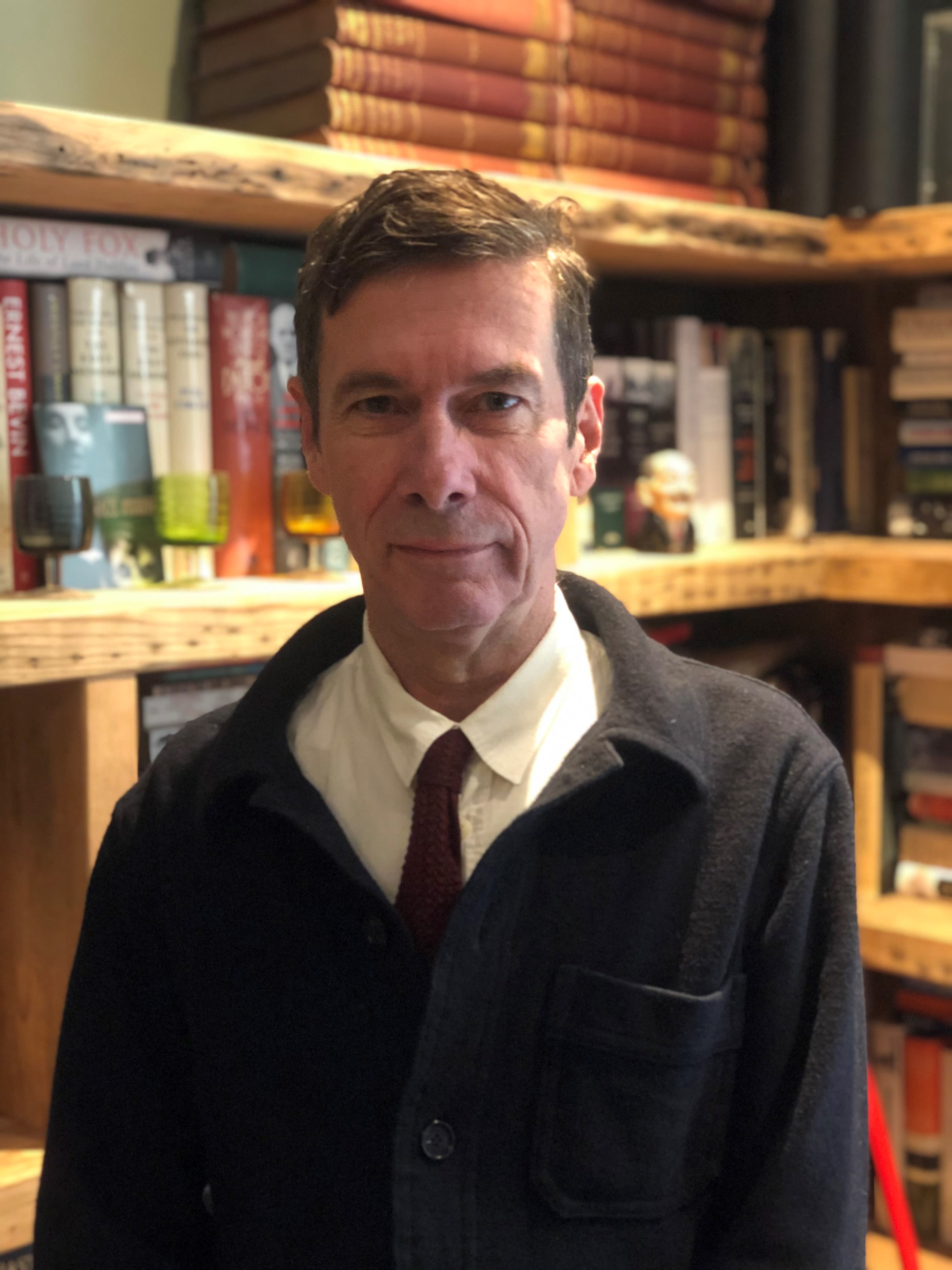

Leading the charge for historians and history
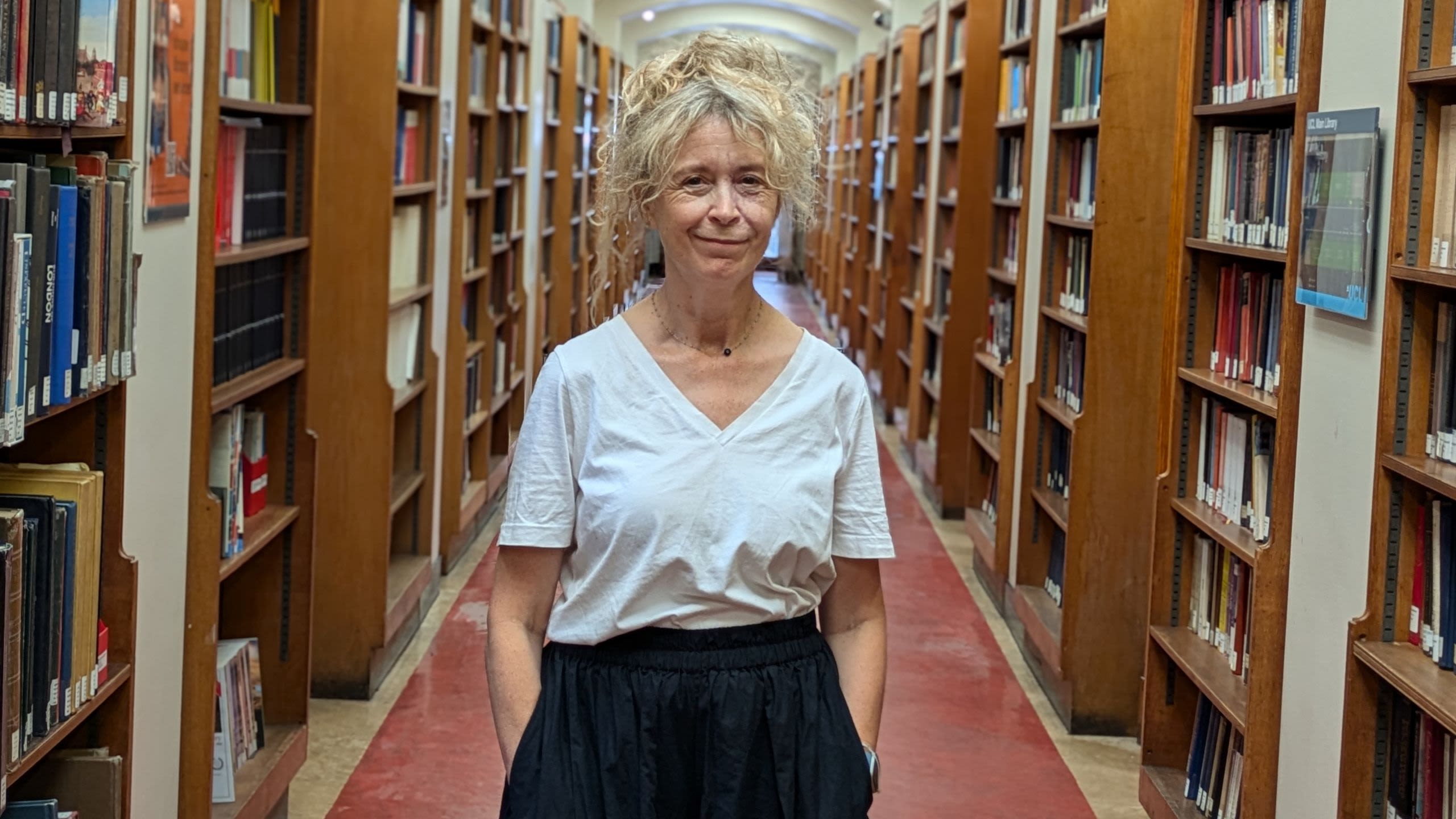
Lucy's research and expertise have led to numerous media appearances, including BBC2’s Blitz - The Bombs That Changed Britain and Channel 4’s My Grandparent’s War, in which she helped actor Helena Bonham Carter uncover her grandmother’s wartime experiences.
With a raising public profile and clear commitment to promoting history and championing its importance she was perhaps the ideal candidate when the Royal Historical Society started looking for a new President.
Founded in 1868, the Society is the UK’s leading society for the support of history and historians, with an international membership of more than 6,000.
Lucy's appointment, in 2024, marked only the second time in its 150-year history that the Society chose a President from outside Oxbridge or Russell Group universities. It was announced at a time of considerable opportunity and challenge for history and historians.
While public interest in the past is unparalleled and historians are working with increasing creativity and skill to bring history to new audiences, its value and contribution to society is often underappreciated, particularly in higher education.
With the rise of social media and some world leaders eager to promote their own versions of history for political gain, the need for education, accuracy and the ability to recognise reliable and unreliable source material has never been greater.
The challenge of supporting and defending the discipline and profession is one Lucy relishes.
“In recent years, the value of studying history at higher education has been questioned by successive governments, and history has often found itself at the centre of manufactured ‘culture wars’. We are threatened with a future in which the study of history is concentrated in a small number of ‘elite’ institutions’, restricting access for many.
“Over the next few years, the work of championing history, and reminding those in the public sphere of the importance of the past for understanding the present, will be central to my work at the Royal Historical Society.”
Find out more
Reflections of the centenary
Find out more about the Arts and Humanities Research Council funded Reflections on the Centenary: Learning and Legacies for the Future project.
Research that challenges
Our School of Philosophical, Historical and Interdisciplinary Studies fosters a distinctive research ethos that aims to question and disrupt received ‘truths’ about the past and present. Find out more.
Sixty Stories
We’re celebrating 60 years of making change happen. 60 years of boldness and bravery from our students past and present. 60 years of creating change.

